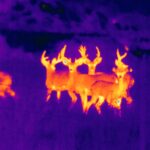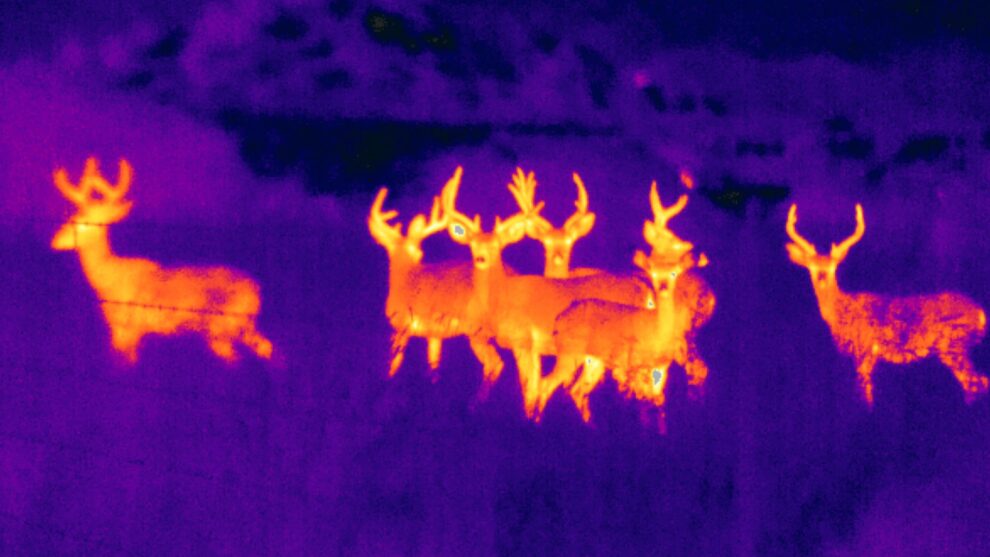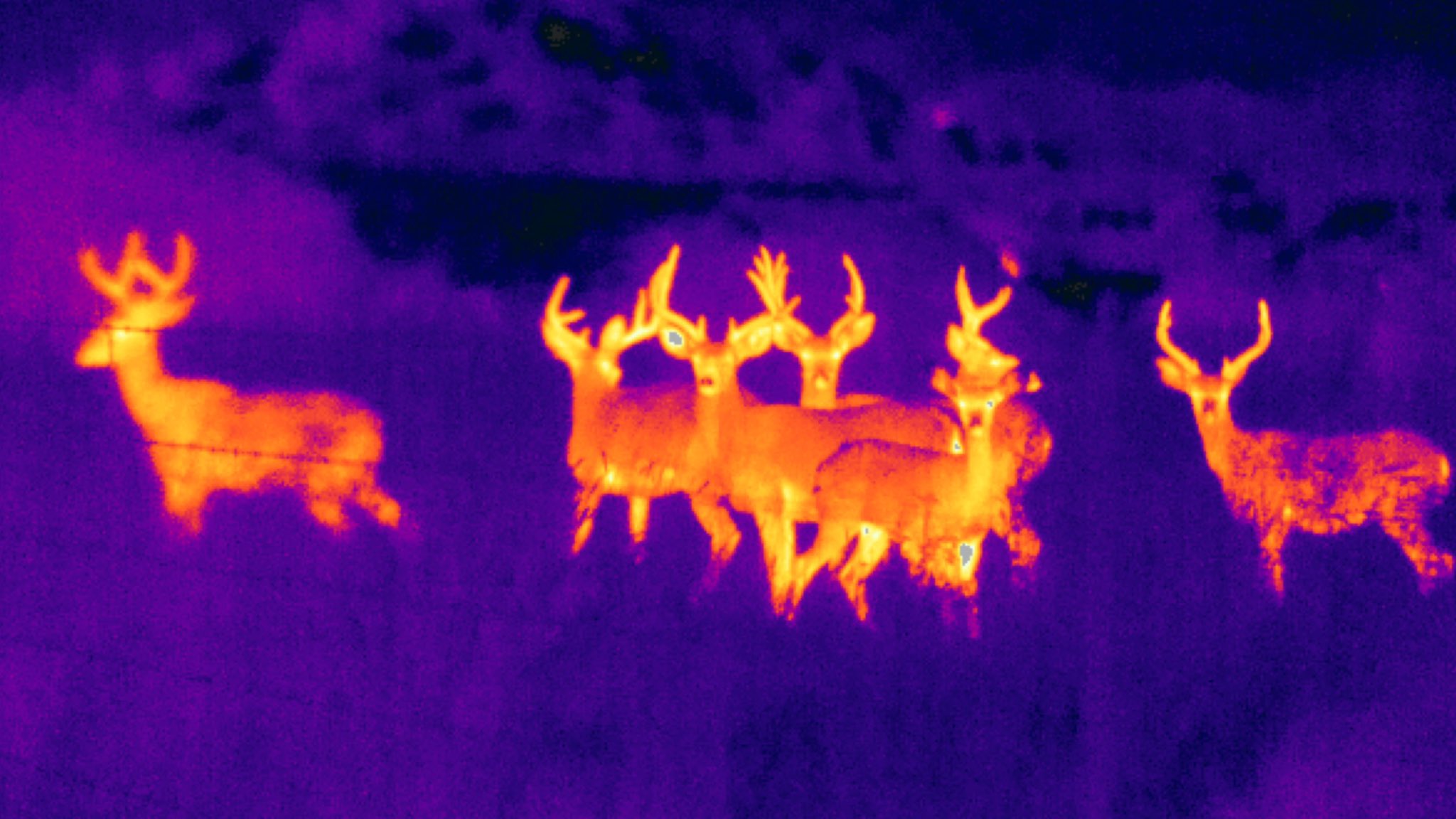Think about your objective, your surroundings, your budget, and the degree of adaptability you require. In some circumstances, combining the two technologies may be the best option to handle a wider variety of events. In the end, your choice should be based on your requirements and the tasks you want to complete, ensuring that you make the most informed and useful option.
The choice of whether to spend money on night vision or thermal imaging equipment depends on your requirements, planned uses, and financial constraints. Although each technology has its benefits and capabilities, they both perform well in particular situations. Take into account the following aspects to make an educated choice.
- The goal and the application
Choosing between night vision and thermal imaging requires first defining your main goal and intended usage of the technology:
Night Vision: Night vision technology is the way to go if your objective is to improve visibility at night in dimly lit areas or full darkness. When you need to observe forms, motions, and details, it’s very helpful for activities like hunting, animal observation, security, and navigation.
Thermal Imaging: When it comes to detecting temperature differences and locating warm objects or people in complete darkness or inclement weather, thermal imaging is excellent. Search and rescue efforts, law enforcement, surveillance, and industrial inspections are a few common applications.
- Environmental conditions
Think about the surroundings in which you’ll be utilizing the technology:
Night Vision: Since night vision devices rely on ambient light already present, such as moonlight or starlight, they function effectively in dimly lit environments. But if there are no lights present, either natural or artificial, they can have trouble.
Thermal Imaging: Thermal imaging is extremely effective in total darkness, fog, smoke, and other low-visibility conditions because it operates independently of ambient light. Additionally, it can see through things like smoke or dust that could impair night vision.
- Budget and Price
The decision-making process heavily relies on your budget:
Night Vision: Compared to thermal imaging cameras, night vision equipment is typically more affordable and accessible. A wider number of consumers may acquire entry-level night vision lenses due to their affordability.
Thermal Imaging: Due to its sophisticated sensor technology, thermal imaging equipment is typically more costly. Thermal cameras of excellent quality can cost a lot of money. Think about your spending plan and whether investing in thermal imaging fits your demands and expectations.
- Versatility
Consider the technology’s flexibility and versatility:
Night Vision: Various optical instruments, including riflescopes, binoculars, and goggles, can readily be installed or connected with night vision equipment. Users may alternate between daytime and evening use thanks to this adaptability without altering their equipment.
Thermal Imaging: While thermal cameras may be attached to current optical systems, they might not offer the same amount of adaptability when it comes to sensing temperature variations. Standalone imaging devices are frequently their main application.
To Conclude
Your individual needs and intended applications will ultimately determine whether you should invest in thermal imaging or night vision technologies. While thermal imaging is useful for identifying heat signatures and temperature changes in complete darkness or inclement weather, night vision is ideal for improving nighttime visibility in low-light situations.











